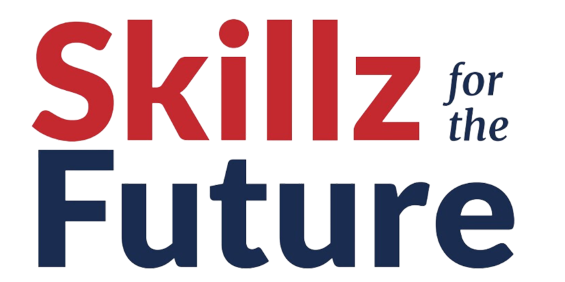The landscape of any profession is dynamic where skill and knowledge gaps are inevitable. Recognising and addressing these gaps are crucial for both individuals and organisations to stay competitive and achieve their goals. This article delves into effective techniques for conducting a skills gap analysis, emphasising the importance of self-assessment and team evaluation.
1. Uncover Your Own Skills and Knowledge Gaps
Regardless of your role or seniority, continuous learning is key. Even seasoned professionals may have significant gaps due to industry evolution. A lack of formal education in your current role can exacerbate these gaps. Conducting a self-assessment, especially through user-friendly online tools, is a swift and effective way to pinpoint strengths and weaknesses. These tools cover a spectrum of skills such as interpersonal, leadership, team management, decision-making, and project management.
2. Invest in Personal Development
Once you identify your gaps, the next step is investing in your education. The path you choose depends on your role and industry. Consider pursuing formal certifications that align with your field; for instance, project managers might opt for PMP certification training.
This not only enriches your knowledge but also adds credibility to your skill set. Research and choose courses that address the gaps revealed in your self-assessment, ensuring a comprehensive approach to your education.
3. Extend the Analysis to Your Team
A holistic approach involves not just self-improvement but also evaluating your team’s skills. Skills gap analyses can be conducted at the individual or team level. Identify the skills required for the job, compare them with your team’s current skill set, and recognise deficiencies. This comprehensive view is crucial for aligning your team with business goals and overcoming collective challenges.
4. Tailor Training to Address Gaps
Identifying gaps is just the beginning; the real value lies in addressing them. Allocate resources for training initiatives that cater to your team’s needs. Classroom-style sessions, one-on-one training, coaching, mentoring, seminars, conferences, and online courses are diverse options. Tailor your approach based on the scale of the skills gap and the learning preferences of your team members. Professional certificates can also enhance their long term career prospects.
Conclusion: Bridging the Gap for Success
Skill and knowledge gaps can be detrimental to achieving business objectives. A proactive approach to self-assessment and team analysis, followed by targeted training, is the key to success. Managers play a pivotal role in steering individuals and teams toward continuous improvement. Conducting a skills gap analysis provides the insights needed to choose the right training and development strategies, ensuring a workforce equipped to meet evolving challenges.
